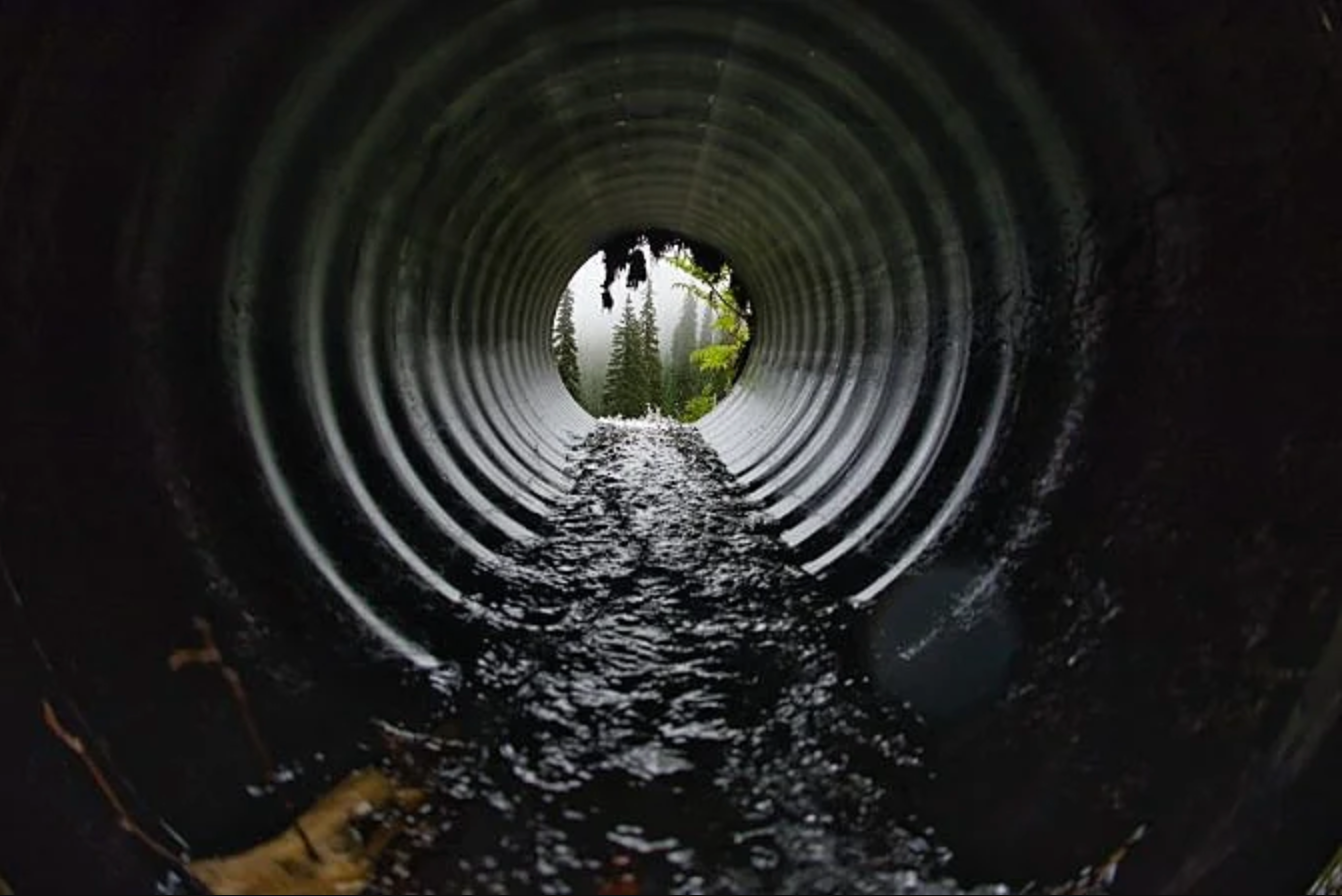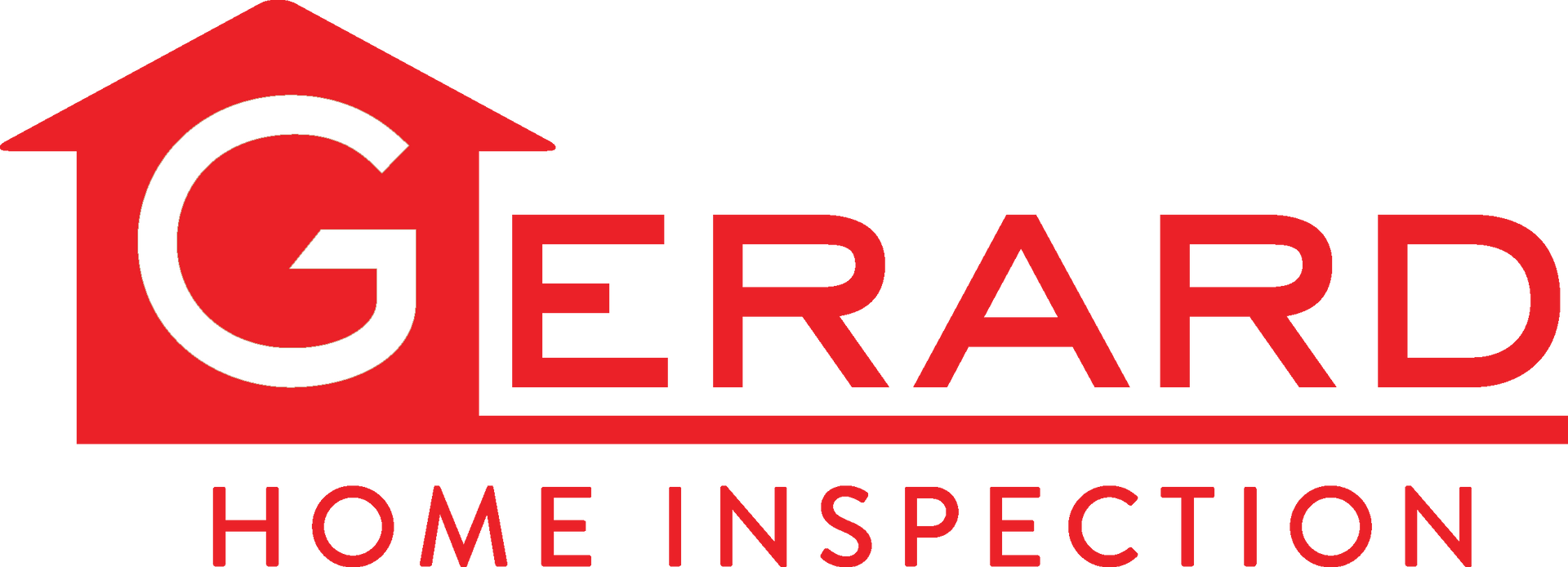Does Your Older Home Have Bootlegged Grounding?
Bootleg Grounding: A Hidden Electrical Hazard in Your Home
Homeowners rarely give much thought to their home’s electrical system—until something goes wrong. One critical yet often overlooked issue is bootleg grounding. In this video, I'll walk you through a real-world example of this electrical shortcut and explain why it's not just a code violation—it’s a serious safety hazard.
What Is Bootleg Grounding?
Bootleg grounding is when a neutral wire is improperly connected to the ground terminal in an outlet, attempting to fool the system into thinking there’s a proper ground. To the average homeowner, everything may appear normal. Your tester might show a “correct wiring” signal. But behind the scenes, this DIY-style fix creates a significant risk.
Why It’s Dangerous
- Shock Hazard: Improperly grounded outlets can energize metal components, leading to electric shock.
- Fire Risk: Faulty connections increase the likelihood of overheating and electrical fires.
- Code Violation: This type of wiring fails inspection and must be corrected to meet National Electrical Code (NEC) standards.
- False Test Results: Standard plug-in testers may read “grounded” even when it’s not truly safe.
What You Should Do
If your home was built before modern electrical standards or has had unpermitted work done, it’s worth getting a professional inspection. A certified home inspector or licensed electrician can:
- Identify improper grounding
- Verify proper ground connections
- Recommend safe, code-compliant repairs
Electrical issues often hide in plain sight. Just because your lights work doesn’t mean your wiring is safe. As shown in the video, bootleg grounding might pass an initial test, but it fails where it counts: in safety and reliability.



